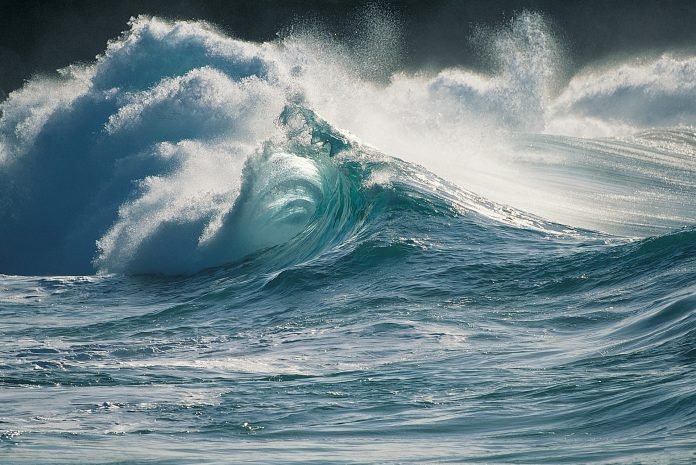
Imagine a world where we can detect tsunamis, those giant waves caused by underwater earthquakes, way before they reach our shores, giving us time to get to safety.
Researchers have found a promising way to do just that, and it’s hidden beneath the sea in the form of fiber optic cables.
Zack Spica, a seismologist from the University of Michigan, and his team have made an exciting discovery.
They’ve figured out how to use the vast network of fiber optic cables that lie on the ocean floors as an advanced warning system for tsunamis.
This network is extensive, stretching about 1 million miles across the globe, laid down over the past 30 years by telecommunication companies at a huge expense.
Currently, the ocean is monitored by a system called DART, which relies on buoys floating on the water’s surface to sense tsunamis.
This system is effective but comes with a hefty price tag of about $500,000 for installation of each buoy and another $300,000 yearly for maintenance. With 32 of these buoys just in the Pacific Ocean, the costs quickly add up.
Enter the innovative approach of using distributed acoustic sensing (DAS), a technique that transforms these fiber optic cables into a network of highly sensitive sensors.
This method doesn’t just save money; it covers more ground, making the detection system more comprehensive and efficient.
Tsunamis are caused by sudden shifts in the ocean floor, usually due to earthquakes, which send waves speeding across the sea.
Unlike earthquakes that strike without much warning, tsunamis take longer to reach land, providing a precious window for early detection and evacuation if we can spot them in time.
The challenge, however, has always been in detecting these waves far enough from shore to give a timely warning, a task made difficult and expensive by the need for equipment stationed in the open ocean.
Spica’s team has shown that fiber optic cables, already crisscrossing the ocean floor for telecommunications, can be repurposed to fill this role more efficiently and at a lower cost.
By attaching special devices called DAS interrogator units to these cables, the researchers have been able to pick up the acoustic signatures of tsunamis, transforming the cables into a vast network of underwater sensors.
The potential of this discovery was illustrated when the team detected a tsunami generated by a major earthquake near the Sandwich Islands, almost 1,300 miles from the nearest land.
Despite the distance, the system spotted the tsunami as it traveled across the ocean, demonstrating its ability to provide an early warning even for distant threats.
This breakthrough offers a glimmer of hope for a future where our ability to foresee and react to tsunamis is significantly improved, potentially saving thousands of lives.
By leveraging the existing infrastructure of fiber optic cables and the power of advanced photonics and computing, we can turn the ocean floor into a giant sensor network, watching over us and keeping us safe from one of nature’s most formidable hazards.



